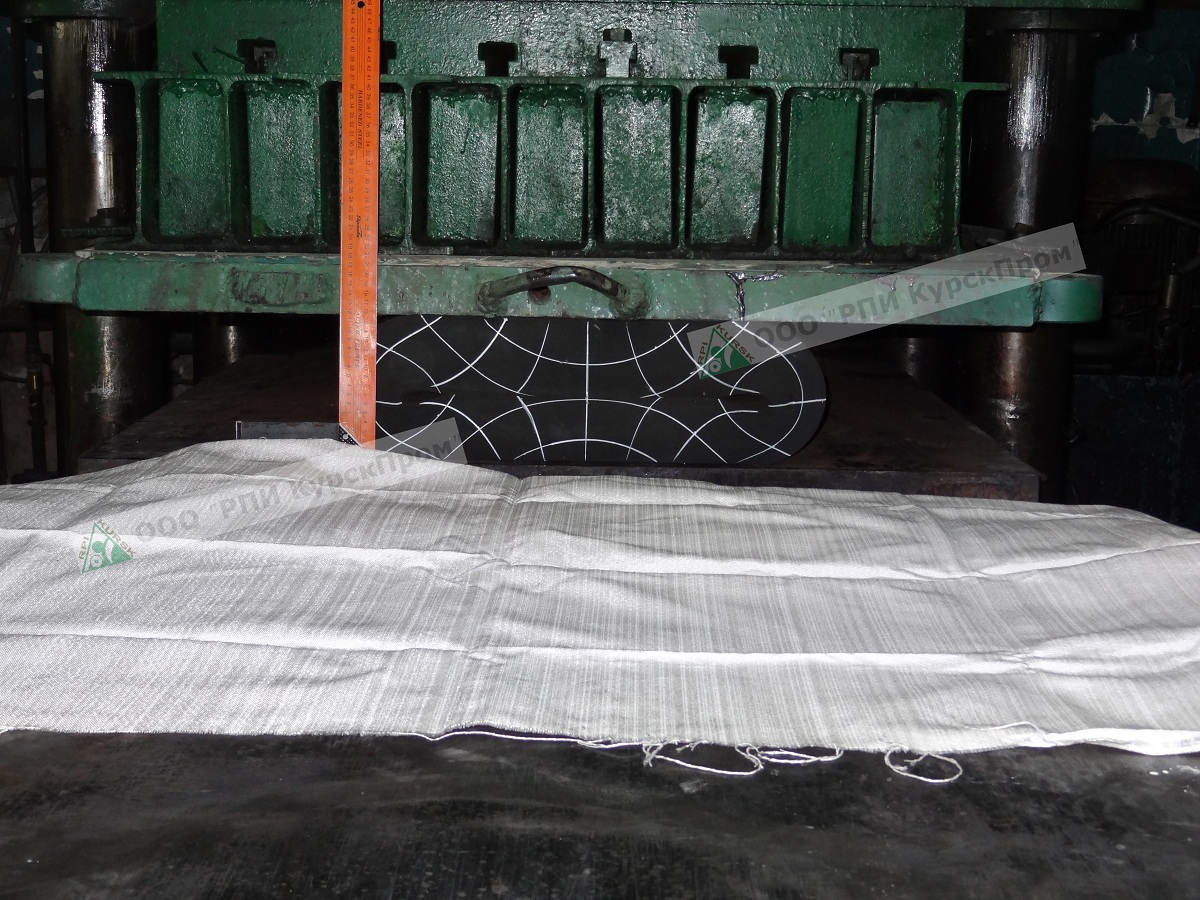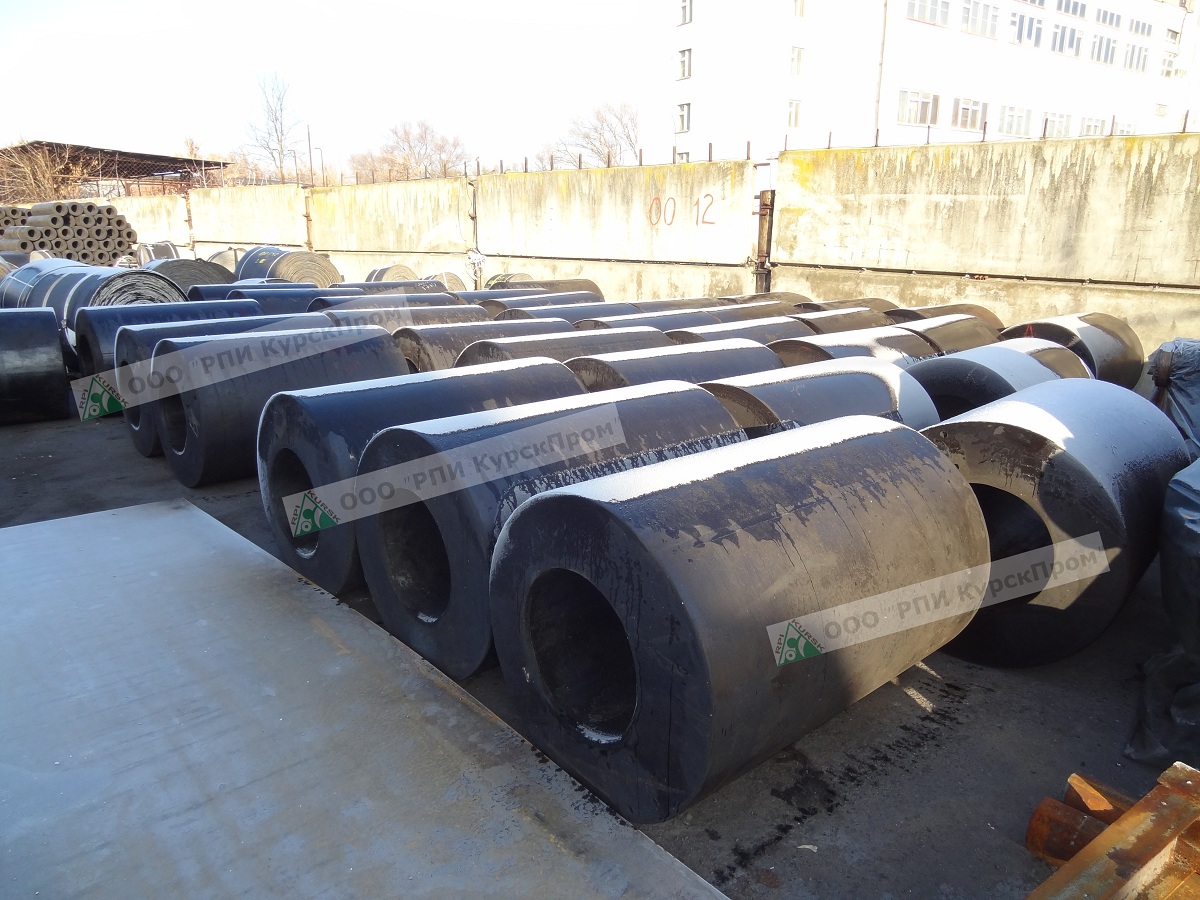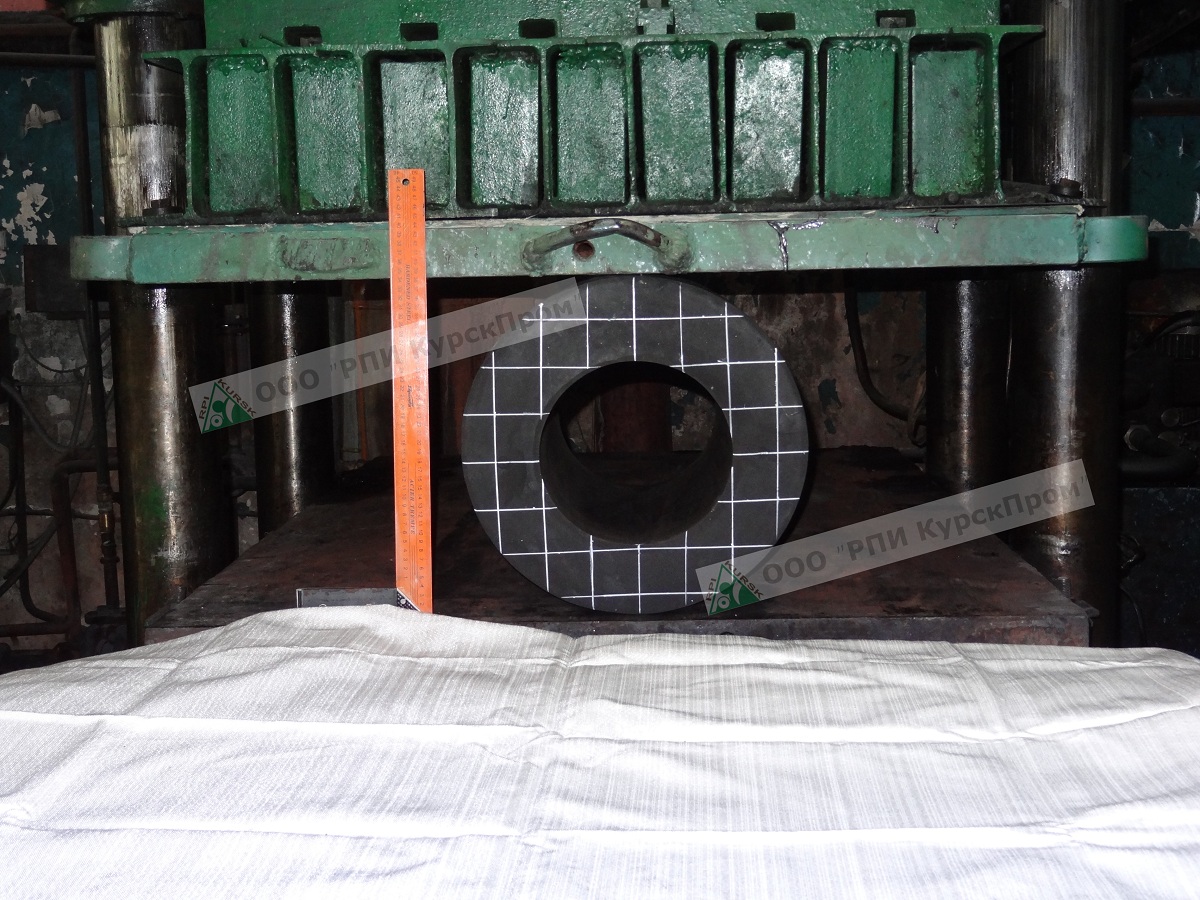Cylindrical fenders are used worldwide for a long time. They are simple and universal, easy to assemble, easy to install, that’s why cylindrical fenders is an economical solution for remote places and multiuser berths, where the types of expected ships may be predicted not exactly. You don’t need to have any special equipment and any special effort to install fenders of this type. Bracing is made with chains, crossbars and cables. Support brackets may be needed in case of installation of fenders of especially large size. Wide range of size classes allows to choose cylindrical fenders correctly for any purposes. Wide assortment allows to provide all the field of use with products that have necessary level of reaction force and energy absorbed for all types of berths that support small and large water-craft. Proportionally rising characteristics of compressive load allow to use cylindrical fenders for large and small water-craft, wide range of size and proportion of diameters allows to reach productivity close to the requirements in every particular case.
General characteristics of cylindrical fenders of Rubber cylinder type:
-
Simple and economical design, very reliable in exploitation.
-
Low price as compared to other types of mooring fenders.
-
Selection of assembly systems according to various structures and using. Easy installation, possibility of using at other objects.
-
Diameter in a range from 150 mm to 1600 mm for almost any length. Selecting the length of products is restricted only by transportation capabilities.
-
High energy absorbtion and low pressure at the surface of water-craft.
-
Possibility of vertical, horizontal, diagonal installation.
-
Long term of exploitation reached with wide walls.
-
Suitable in case of rolling and pitching of mooring water-craft.
-
Rubbing wall with fender is abrasion-resistant even after a few years of intensive exploitation.
-
Proportional rising of force and absorbed energy during the compression of cylinder up to the nominal level of deformation.
Field of use:
-
Multifunctional berths.
-
Berths for loose goods.
-
Berths for mixed goods.
-
Berths for ships of RO-RO type and berth terminals.
-
Berths for fishing-boats and work vessels.
-
Pontoons and self-floating constructions.
-
Harbours for tugboats.




